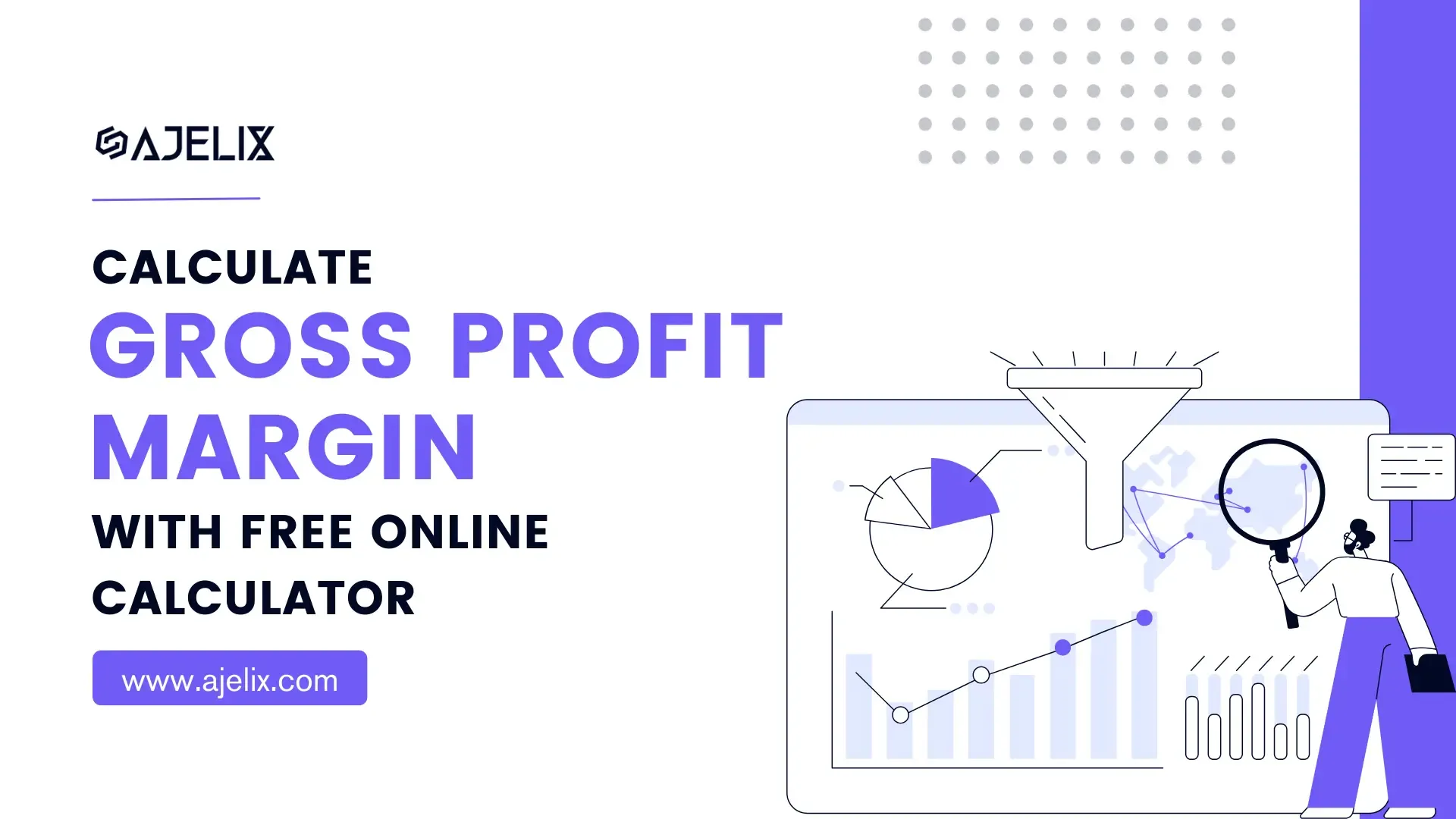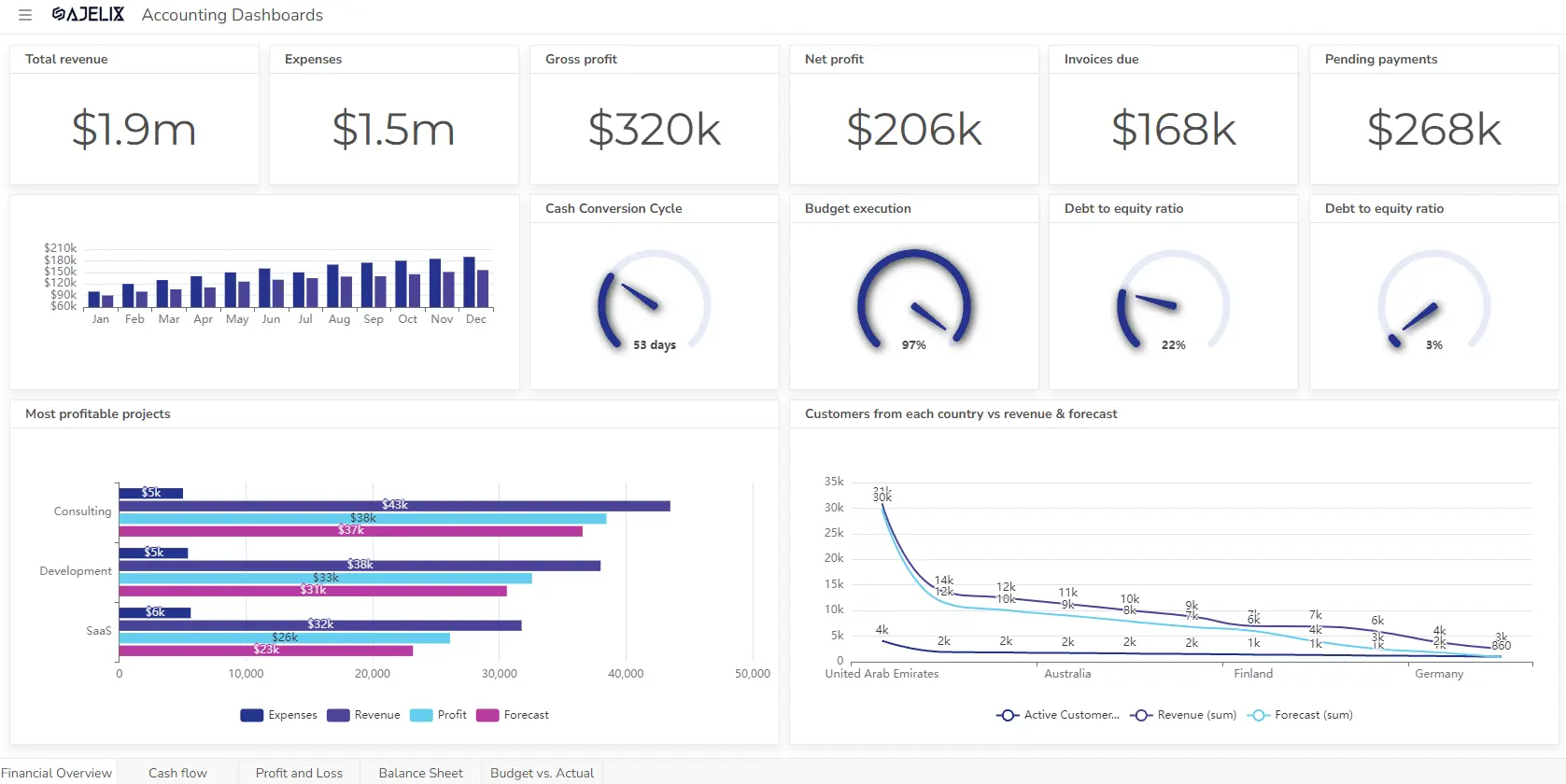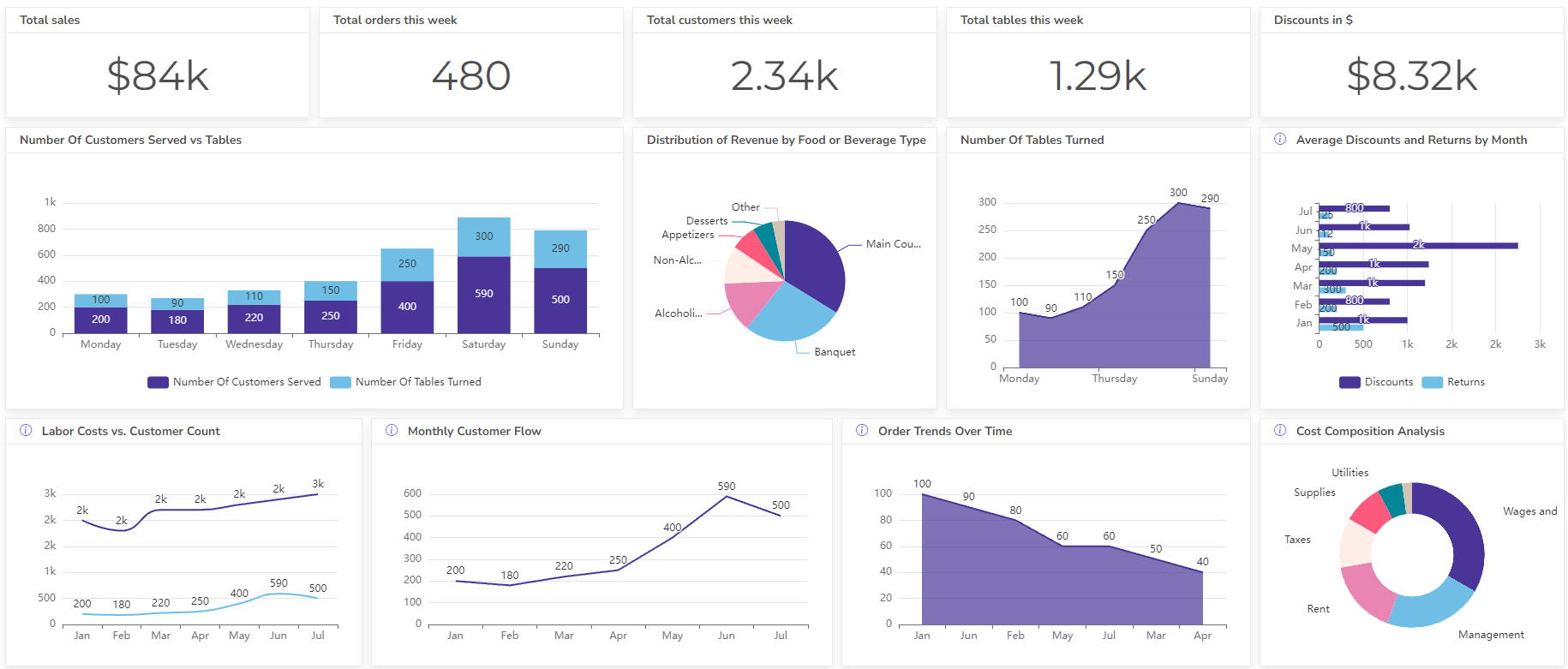- Home
- Data Visualization
- Tools
- AI Data Analyst
- Excel Formula Generator
- Excel Formula Explainer
- Google Apps Script Generator
- Excel VBA Script Explainer
- Excel VBA Script Generator
- Excel VBA Code Optimizer
- Excel VBA Code Debugger
- Google Sheets Formula Generator
- Google Apps Script Explainer
- Google Sheets Formula Explainer
- Google Apps Script Optimizer
- Google Apps Script Debugger
- Excel File Translator
- Excel Template Generator
- Excel Add-in
- Your Virtual AI Assistant For Excel Spreadsheets
- AI Answer Generator
- AI Math Solver
- AI Graph Generator
- AI SQL Generator
- Pricing
- Resources
- Home
- Blog
- Calculators
- Free Gross Profit Margin Calculator Online
Free Gross Profit Margin Calculator Online

Explore other articles
- 7 Productivity Tools and AI Plugins for Excel
- Julius AI Alternatives: Top 5 Choices 2026
- No Code Analytics: Top Tools in 2026
- Automation Tools for Excel in 2026: Built-In & Third-Party
- 5 Healthcare Data Analytics Trends 2026
- Best Analytics Platform For Startups In 2026
- 15 Best AI Tools For Startups In 2026 We Tried
- 7 Best AI Tools for Excel Data Analysis (2026 Comparison)
- AI Data Intelligence For Workspace
- Conversational Analytics & AI
Set up dashboard & track KPIs
A gross profit margin calculator is a financial tool that tells you how much profit a company makes after covering the direct costs of producing the goods or services it sells.
Gross Profit Margin Formula
Gross Profit Margin = (Revenue – Cost of Goods Sold (COGS)) / Revenue x 100
Where:
- Revenue: The total amount from selling goods or services during a specific period.
- Cost of Goods Sold (COGS): The direct costs of producing the goods or services you sell. This includes raw materials, labor, and direct overhead.
Struggling with manual calculations?
Create KPIs and track your data regularly

Learn more
Fast registration and easy setup
How To Calculate Gross Profit Margin?
Time needed: 5 minutes
- Find Revenue and Cost of Goods Sold
Locate these figures on the income statement for your desired period (month, quarter, or year).
- Subtract COGS from Revenue
This will give you your Gross Profit.
- Divide Gross Profit by Revenue
This will give you a decimal value.
- Multiply by 100 and express as a percentage
This is your Gross Profit Margin.
Example
Let’s say a bakery has the following figures for a month:
- Revenue: $20,000
- Cost of Goods Sold (COGS): $8,000
Now, let’s calculate the gross margin:
- Gross Profit = Revenue – COGS = $20,000 – $8,000 = $12,000
- Gross Profit Margin = ($12,000 / $20,000) x 100 = 0.6 x 100 = 60%
Therefore, the bakery’s margin is 60%. This signifies that for every dollar of revenue, the bakery keeps $0.60 as profit after covering the direct costs of producing the baked goods.
What is a good gross profit Margin rate?
There’s no single “good” gross profit margin that applies across all industries. It can vary significantly depending on the:
- Industry: Businesses that manufacture complex products with a high cost of materials might naturally have lower gross profit margins compared to service industries.
- Business Model: Some businesses, like discount retailers, might prioritize high sales volume with a lower profit per item, resulting in a lower gross profit margin.
Here’s a general guideline to keep in mind:
- 50% to 70%: This range is often considered healthy for many businesses like retailers, restaurants, manufacturers, and other producers of goods. It indicates a good balance between production costs and revenue.
- Below 50%: This could be cause for concern, especially if your industry average is higher. It might suggest inefficiencies in production or pricing strategies that must be addressed.
- Above 70%: This can be a positive sign, but ensuring you’re not sacrificing sales volume for higher profit margins is important.
the difference between gross and net profit margin
Profit margins tell you how much profit you earn from sales. Gross Profit Margin measures efficiency in converting sales to profit from the product itself. It considers only direct production costs (think ingredients for your bakery). However, a Net Profit Margin shows how much profit remains after ALL expenses (rent, salaries, taxes) are covered.
Other calculators
Setup and monitor your KPIs regularly using Ajelix BI















